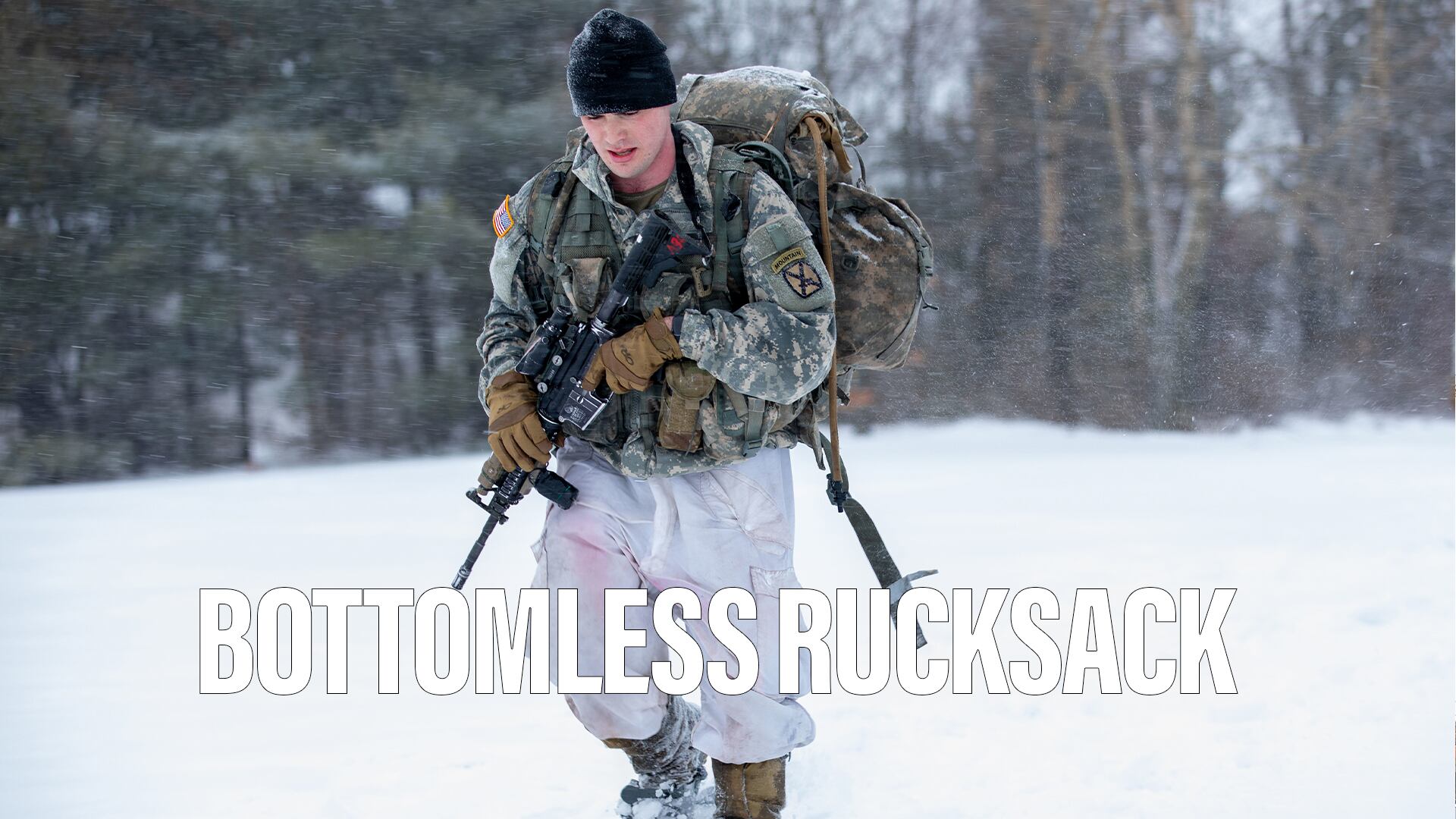WASHINGTON — House lawmakers have questioned the Army's plans to drastically cut its planned aviation modernization funding from the fiscal 2017 budget request and moved last week to restore some of those reductions.
The House Armed Services tactical air and land forces subcommittee wants to plus up UH-60 Black Hawk utility helicopter and AH-64 Apache attack helicopter buys as part of multiyear procurement contracts in order to realize additional savings, according to its mark of the 2017 defense policy bill.
Aircraft procurement for helicopters like Black Hawks, which are bound to a multiyear contract with Sikorsky, was reduced to the minimum rate per year in the 2017 budget request so the Army can still get them for a reasonable cost and not breach the contract. However, if reductions went much lower the unit cost would rise exponentially.
The Army's $15.1 billion 2017 procurement request was $1.3 billion less than what was enacted in 2016, and lawmakers have already raised concern with the service over the deep cuts. Within modernization, Army aviation took the biggest hit.
The service asked for just 36 UH-60Ms, a drastic reduction to the 107 Black Hawks appropriated in 2016 and 24 fewer than it planned in 2016 to buy in 2017. The Army also requested 48 remanufactured AH-64Es, down from 64 aircraft in 2016. The service also asked for four additional Apaches within the overseas contingency operations account.
The Army would also buy fewer CH-47F Chinook cargo helicopters, asking for 22 in 2017 after receiving funds for 39 helicopters in 2016.
When they mark up their version of the draft defense spending bill, House appropriators will likely join authorizers in a move to raise funding levels in Army aviation accounts.
Army leaders testified on Capitol Hill earlier this year that the only way the cuts could be reversed would be to get additional funding.
For lawmakers, the cuts don't measure up to the extremely high demand for aviation assets needed worldwide.
Appropriations Committee Chairman Hal Rogers, R-Ky., said the committee "certainly understands" the challenges the Army is facing to fund readiness and keep within budget caps set by Congress, "but it's difficult to understand why aviation has been so heavily targeted.
"You don't really think we are going to go along with the cut to Army aviation by 35 percent," he asked. "Do you really believe that?"
And Appropriations defense subcommittee Chairman Rodney Frelinghuysen, R-N.J., said he was concerned that Army aviation is a major bill payer for preserving readiness at a time when Army leadership is saying that additional aviation assets are its highest priority as it seeks to deter Russia.
Moreover, the National Commission on the Future of the Army, which the HASC has also shown strong support through its marks of the National Defense Authorization Act, recommends the Army expand its aircraft procurement to meet demands in the Korean peninsula and in Europe.
The commission, tasked by Congress to study the future force, released over 60 recommendations earlier this year on ways to structure and right-size the Army while bringing the active and reserve components together as a "total Army."
The recommendations specifically asked to keep the 11th Combat Aviation Brigade in South Korea and retain four attack helicopter battalions with 18 Apaches each in the National Guard.
The tactical air and land force subcommittee's mark would provide funding for four AH-64 Apache battalions in the National Guard, which seeks to resolve a rift created when the Army proposed moving all attack helicopters from the Guard into the active component. The move was part of a larger restructure initiative of aviation assets that included retiring the OH-58 Kiowa Warriors and using the LUH-72A Lakota as a training helicopter.
Also in line with NCFA recommendations, the subcommittee would provide more funding to address modernization shortfalls in the National Guard and Reserve component equipment, which could help resolve some issues between the active service and the Guard that grew deeper over the past few years as the components played tug-of-war over attack helicopters and other updated equipment.
The subcommittee also stressed the need to develop and field various important systems faster than planned and requests for several programs that the Army take a hard look at accelerating the acquisition process.
The bill seeks the rapid development and deployment of aircraft survivability equipment for helicopter and tactical aircraft and requests the Army look into ways to accelerate the development of the Improved Turbine Engine to replace current engines in Black Hawks and Apaches.
The Army has defended the cuts it made within aviation modernization in the budget cycle on Capitol Hill.
"These are very, very difficult decisions," Acting Army Secretary Patrick Murphy said at a recent hearing. "We wish we could make more investments in aviation," he said, " but we have to be focused on winning tonight, threats that are going on right now."
And Gen. Mark Milley, Army chief of staff, said, "I think given the top line that we have ... I think this budget as written is the most balanced budget," he told the committee. "We balanced the modernization, the readiness and the end-strength of the Army and we are taking risk, and I've expressed that risk as high risk relative to the national strategy and the ability to conduction operations. ... We put a lot of work into crafting that budget and we think it strikes the right balance."
The Army chief also noted that some of the cuts come from divesting OH-58 Kiowa Warrior helicopters, a retirement planned since 2013, and also from stretching aviation procurement over a longer period of time.
Jen Judson is an award-winning journalist covering land warfare for Defense News. She has also worked for Politico and Inside Defense. She holds a Master of Science degree in journalism from Boston University and a Bachelor of Arts degree from Kenyon College.








